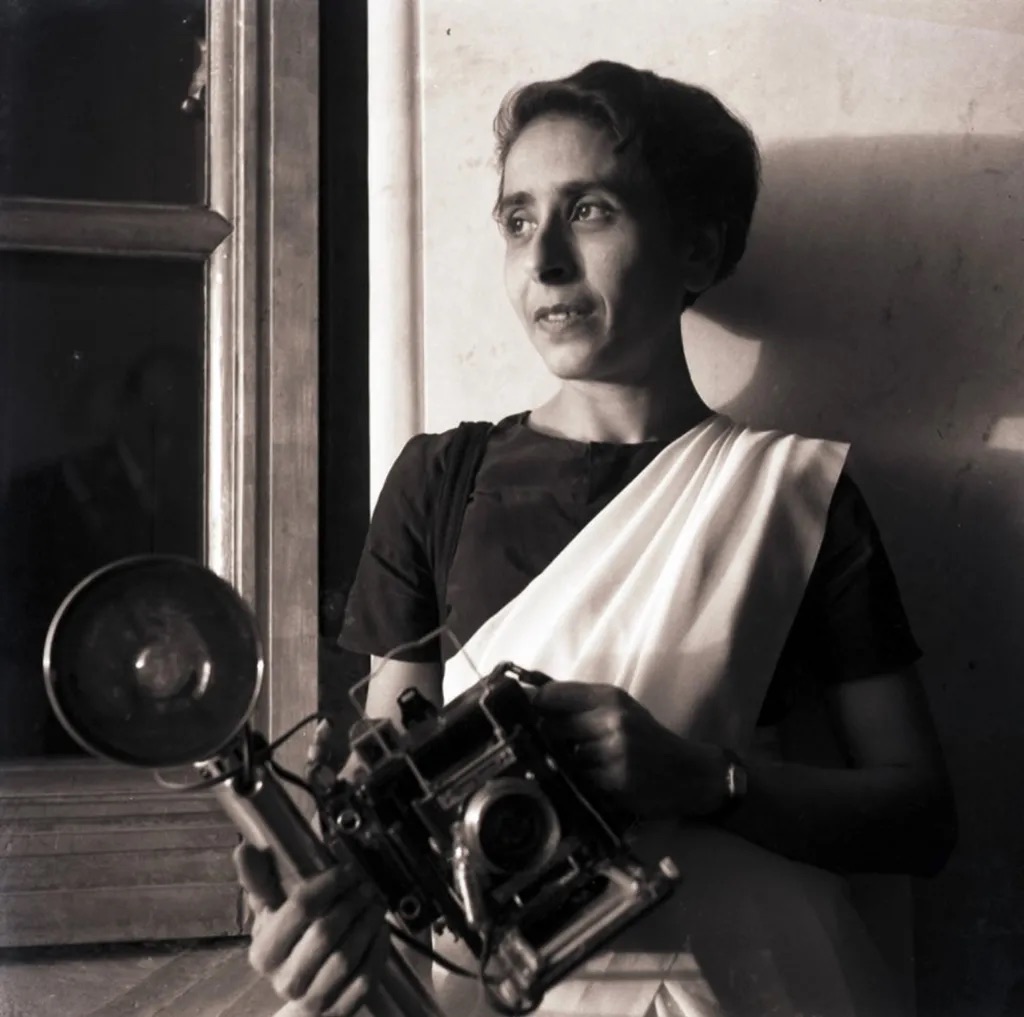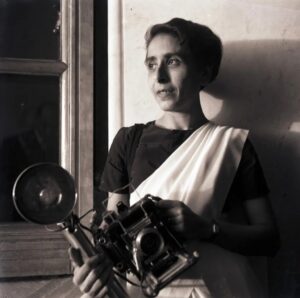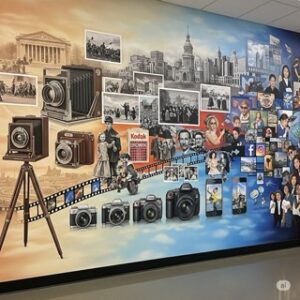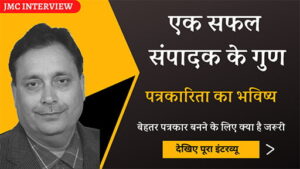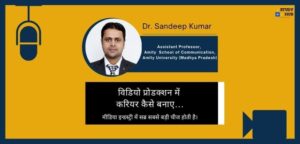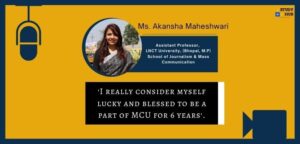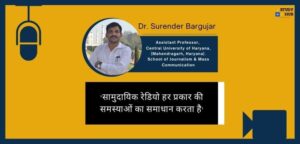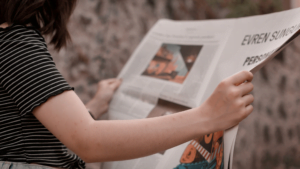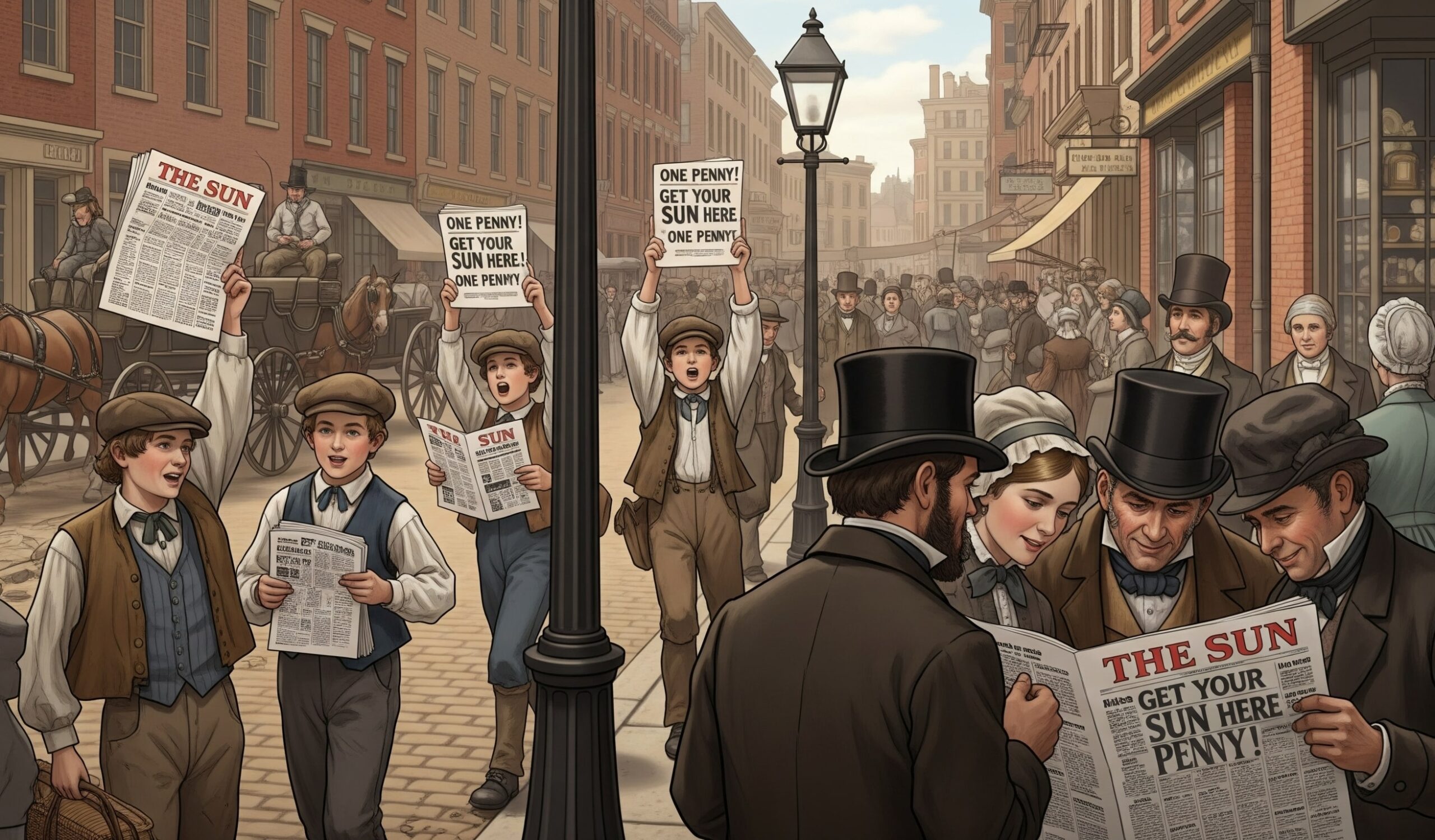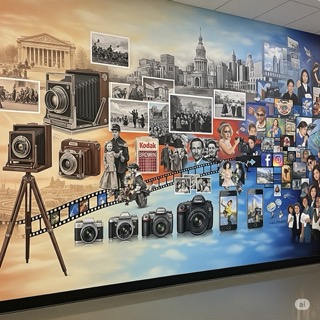Homai Vyarawalla holds a unique place in Indian journalism. Known as India’s first woman photojournalist, she broke barriers in a profession dominated by men. Her photographs are not just images; they are a visual history of modern India. For students of journalism, her journey offers inspiration and lessons in courage, professionalism, and dedication.
Early Life and Education
Homai Vyarawalla was born in 1913 in Navsari, Gujarat, into a Parsi family. Later, her family moved to Mumbai. There she studied at the Sir J. J. School of Arts, Bombay, where she received formal training in photography. This education helped her develop both technical skills and artistic vision, which shaped her career as a photojournalist.
Source: Gadihoke, Camera Chronicles of Homai Vyarawalla (2010).
Career Beginnings
Homai started her career in the late 1930s. By 1942, her photographs began appearing in The Illustrated Weekly of India. She also became known by the pseudonym “Dalda 13”, inspired by her car’s registration number and her birth year, 1913.
Her early assignments gave her confidence and visibility in a profession where very few women worked.
Major Contributions
Between the 1940s and 1960s, Homai captured some of the most important events in Indian history. Her photographs stand as a visual archive of Independence and the Nehruvian era.
Iconic Photographs
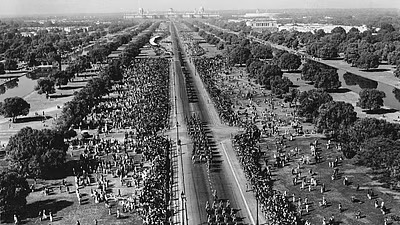

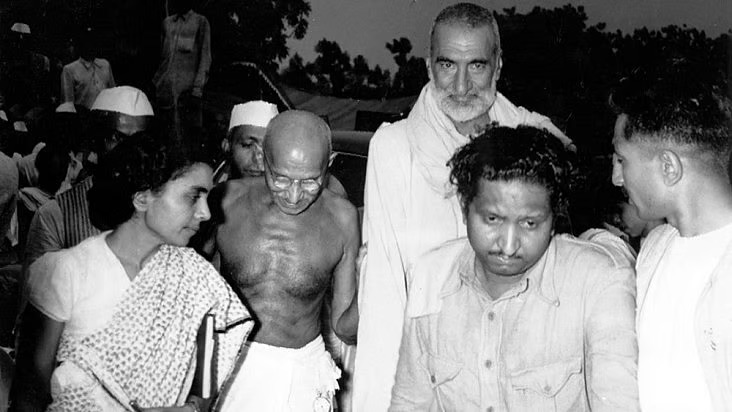
Challenges as a Woman Photojournalist
Photojournalism in mid-20th century India was a male-dominated field. At press galleries and political events, Homai was often the only woman present. Yet she earned respect through professionalism and discipline. She relied on her work ethic rather than seeking special treatment, and gradually built her own identity in Indian journalism.
Recognition and Later Life
Homai retired from photography in the 1970s and moved to Vadodara. Decades later, her contributions received national recognition. In 2011, she was awarded the Padma Vibhushan, India’s second-highest civilian honour.
She passed away in 2012, leaving behind a priceless collection of photographs that still inspire students, journalists, and historians.
Source: Government of India, Padma Awards Database.
Homai Vyarawalla was more than India’s first woman photojournalist. She was a pioneer who documented the birth of a nation through her lens. Her photographs captured the spirit of Independence, the leadership of Nehru, and the struggles of a country finding its voice.
For students, her life story is an important reminder: journalism is not just about covering events, but about documenting truth with courage and commitment. Homai Vyarawalla’s legacy ensures her place as a timeless figure in Indian journalism.
Photos Credit: Homai Vyarawalla—HV Archive/Alkazi Collection of Photography


